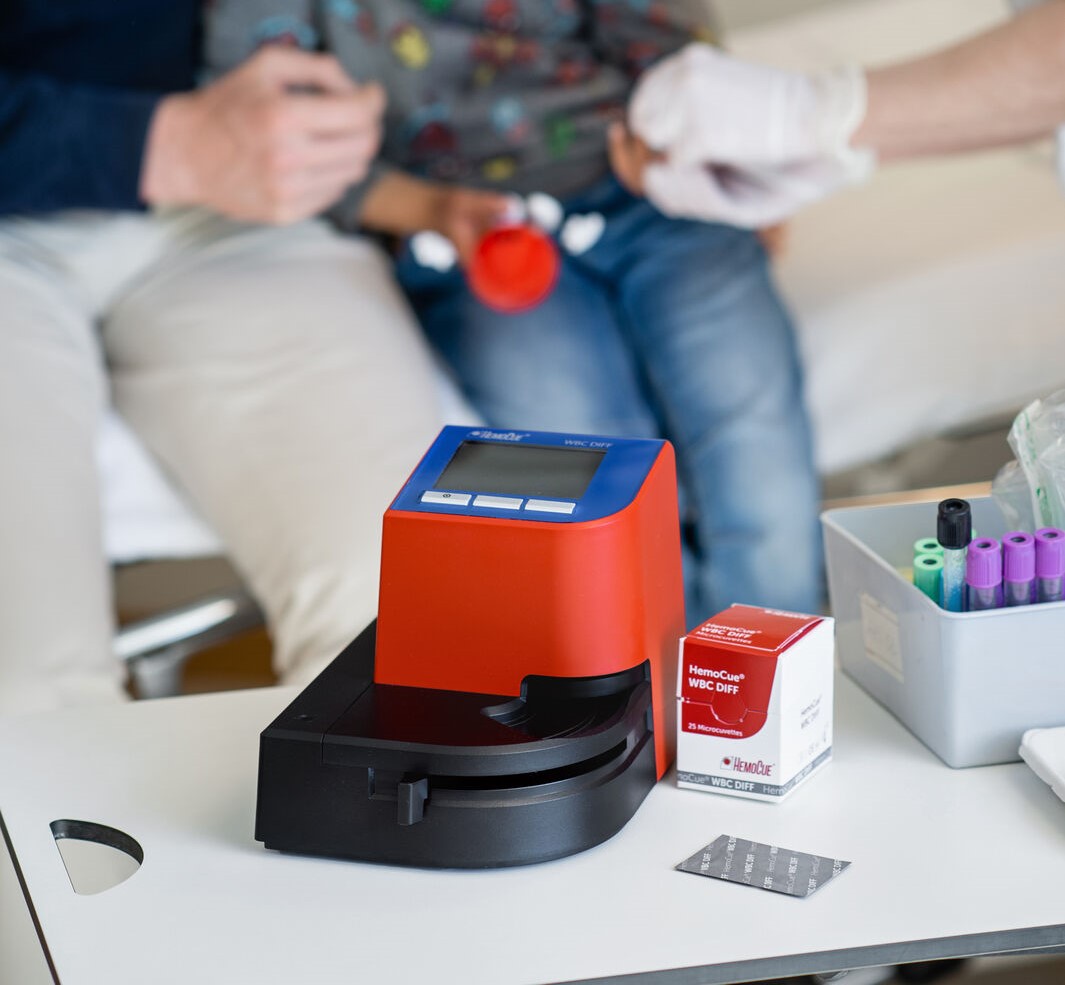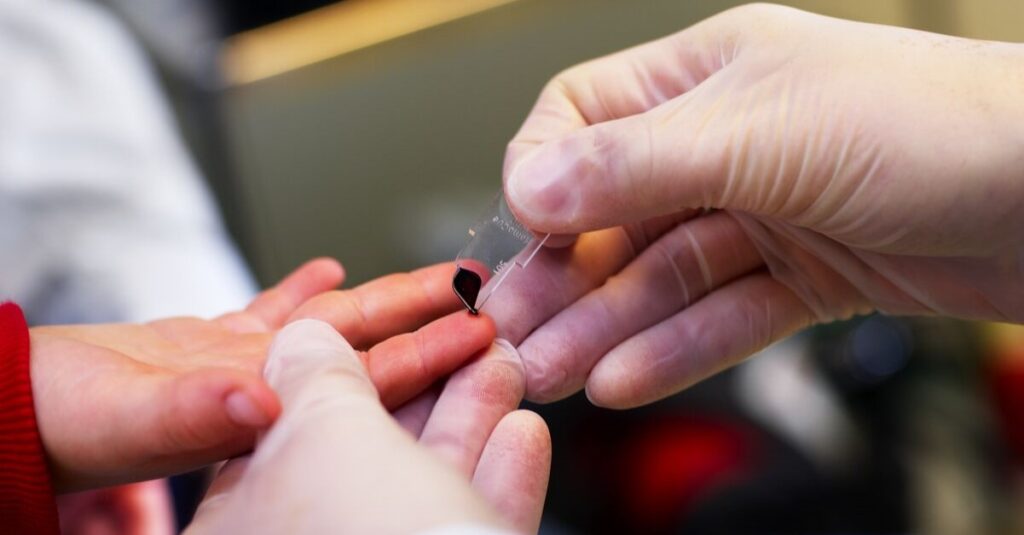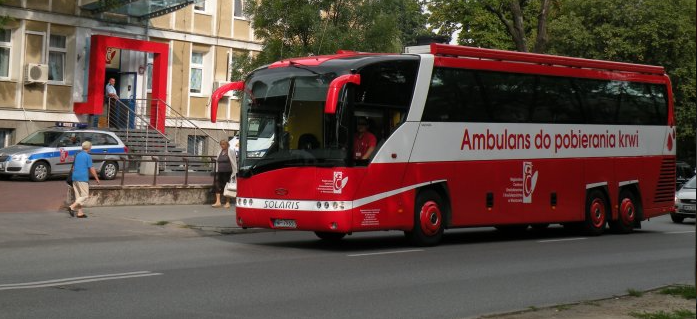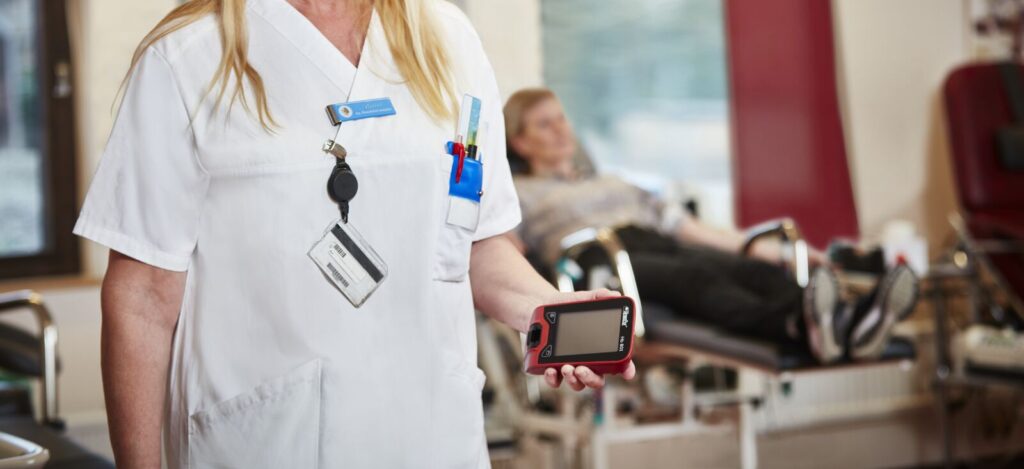In the situation with the COVID-19 outbreak – what were the main challenges with running a primary care center?
The situation with the COVID-19 outbreak put a lot of pressure on the healthcare system. There was still a need for being able to treat patients with common diseases such as e.g. upper respiratory infection, common cold or flu, and otitis. At the same time, the primary care centers also need to offer healthcare to patients with COVID-19, without putting other patients at risk for spreading the infection. To meet these needs, a special temporary unit was created for patients with suspicious COVID-19. This temporary unit was equipped with basic point-of-care tests including Hb, glucose, and blood pressure. Early on, it was also clear that the HemoCue® WBC DIFF System would be very useful in this unit. As mentioned above, Husläkarna Varmbadhuset has used the white blood cell count as a tool to help distinguish between bacterial and viral infections.
Interestingly for the situation, studies have shown that patients with more severe cases of COVID-19 have a decreased number of lymphocytes, referred to as lymphycytopenia (<1.5×109/L) [1]. Studies have also concluded that surveillance of the ratio between neutrophils and lymphocytes could be helpful in the early screening of the critical illness COVID-19 [2].
Overall, the HemoCue® WBC DIFF System is really helpful for infection management
In many cases, symptoms of bacterial and viral infections may be very similar. This can make it difficult for the physician to know whether the prescription of antibiotics is efficient or not. In these cases, results from the HemoCue® WBC DIFF System, in combination with other clinical symptoms, may enable a more correct and judicious prescription of antibiotics. This is beneficial, not only for the patients but also for society overall, since antibiotic resistance has increasingly become a problem during the last decades due to the overuse of antibiotics [3]. Global reports estimate that the burden of deaths related to antimicrobial resistance could increase to 10 million each year by 2050 if no further actions are taken.
Rapid point-of-care diagnostic tests are a central part of the solution to this problem, which would be able to reduce the use of antibiotics by letting doctors know if a patient has an infection and if this infection is viral or bacterial, meaning that antibiotics will only be prescribed to patients who need them [3].












